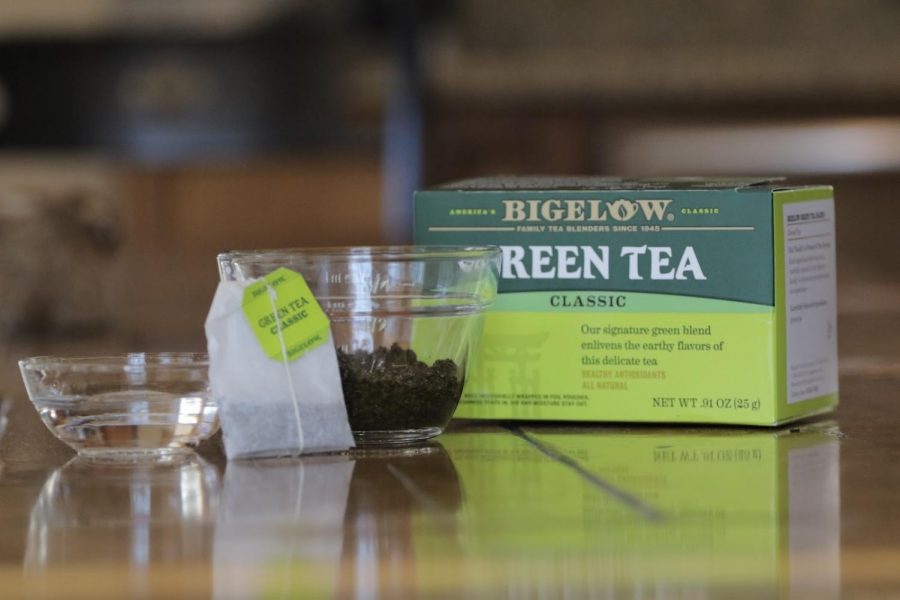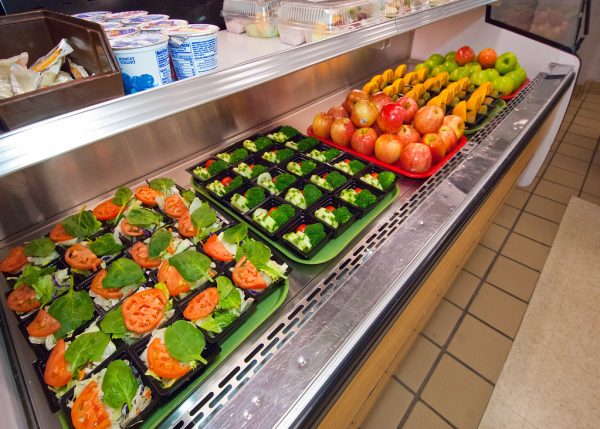Cheaper way to clear skin
Some household ingredients may lend themselves to more cost effective skincare products.
Homemade substitutions for expensive products
With prom coming up and summer around the corner, students may find themselves searching for skincare products providing radiating skin to feature in social media posts.
However, many products fall on the more expensive side, creating a problem for teenagers who have little to no sources of income.
Determined to find a solution, I set out to use handmade skincare products for a week. I wondered if this cheap alternative to expensive store bought brands could provide the same level of effectiveness.
First, I made two detoxifying/brightening masks, one face wash, and one moisturi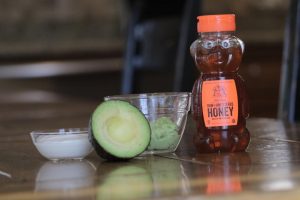 zing mask to use throughout the week. I used the face wash that I made every night, and I spread out the use of my three masks accordingly.
zing mask to use throughout the week. I used the face wash that I made every night, and I spread out the use of my three masks accordingly.
The first recipe I followed, found on Pinterest, created the moisturizing mask. The recipe called for one-half ripe avocado, one teaspoon of plain organic yogurt, and one teaspoon of honey.
According to the Huffington Post, the omega-3 fatty acids in avocados lock in moisture while vitamins A, B, K, and E help reduce inflammation. Avocados are also said to have antioxidants to reduce wrinkles.
Combined with the lactic acid found in yogurt, and the enzymes found in raw honey, this mixture restored the pH balance of my skin, reduced breakouts, and tightened pores.
After its use, I felt this mask made my skin smoother and reduced the puffiness around my eyes. In total, this mask cost me $9.64 to make.
The next recipe I attempted, the face wash, used one cup of coconut oil, one tablespoon of baking soda, five drops of lavender essential oil, and 10 drops of tea tree oil.
The versatile base of this fresh face wash, coconut oil, had antioxidant properties as well as antibacterial, antiviral, and antifungal properties to remove dead skin cells, cleanse, moisturize, and remove makeup from skin.
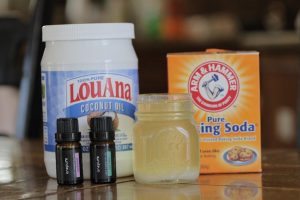 The tea tree oil included, reportedly originated from Australia 100 years ago. The benefits of this oil include fighting inflammation and redness induced by acne.
The tea tree oil included, reportedly originated from Australia 100 years ago. The benefits of this oil include fighting inflammation and redness induced by acne.
While it contained ingredients that had long lists of benefits, I found myself disappointed by this face wash.
The coconut oil left a thick, oily, residue which resulted in my face feeling even dirtier than before I used it. I also failed to see the wash work in terms of clearing away breakouts.
The cleanser grew so unpleasant to use throughout the week that I stopped on Thursday. Its odd consistency hardly resembled any face wash I had ever used before which made it difficult to become accustomed to.
The price of this face wash totaled $25.16, which added another let down. The lavender essential oil and tea tree oil were each around 10 dollars, therefore boosting the price.
For glowing skin, I tried a Turmeric face mask, made of one-half teaspoon of turmeric powder, one-half teaspoon of organic apple cider vinegar, one tablespoon of honey, one-half teaspoon of yogurt, and one drop of lemon juice.
Turmeric benefits the skin by reducing skin inflammation due to curcumin found in the orange pigment. It also reduces dark spots found under the eyes. 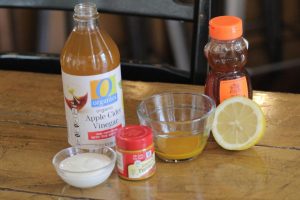
The mask applied far smoother than the other masks I made. Once removed though, the mask left a yellow stain on my face. After a couple of rinses, this stain went away and revealed brightened skin.
This mask by far produced the best result. After one use, I could see a dramatic difference in my under eyes, which became much brighter.
The Turmeric face mask cost $9.91.
To detoxify my skin at the end of the week, I chose to make a simple green tea face mask, using only a tablespoon of green tea and water.
Green tea is known to work as a skin toner as well as a protectant from sun damage.
Applying this mask proved difficult, due to its chunky consistency. The water did not help to make the green tea liquid and I didn’t see any improvements in my skin after using it.
In total, this mask cost $3, making it the cheapest mask I tried out. This slightly compensated for the lack of results.
Looking back, I concluded that the effectiveness of homemade skincare depends heavily on the recipe. The two masks I plan to implement into my skin routine are the turmeric face mask and the moisturizing avocado face mask. These two yielded the best results and were easy to make.
As far as the price aspect goes, the homemade route certainly saved money. For most of the recipes I followed, the ingredients cost less than $10 and came in large amounts so that I could use them for months.
Also, all of the ingredients I purchased were from Jewel Osco or Walgreens, places that I normally pick up my skincare products. This accessibility made buying the ingredients an easy substitution.
With these points in mind, I look forward to continually discovering cheap, effective alternatives to skincare and recommend the experience to high schoolers on a budget.



